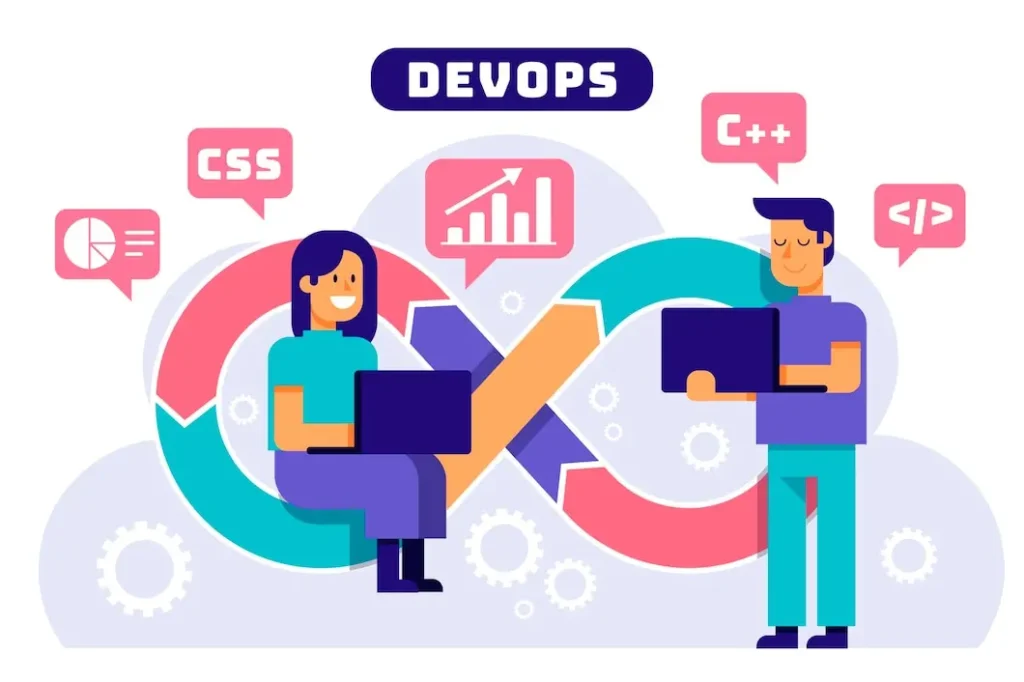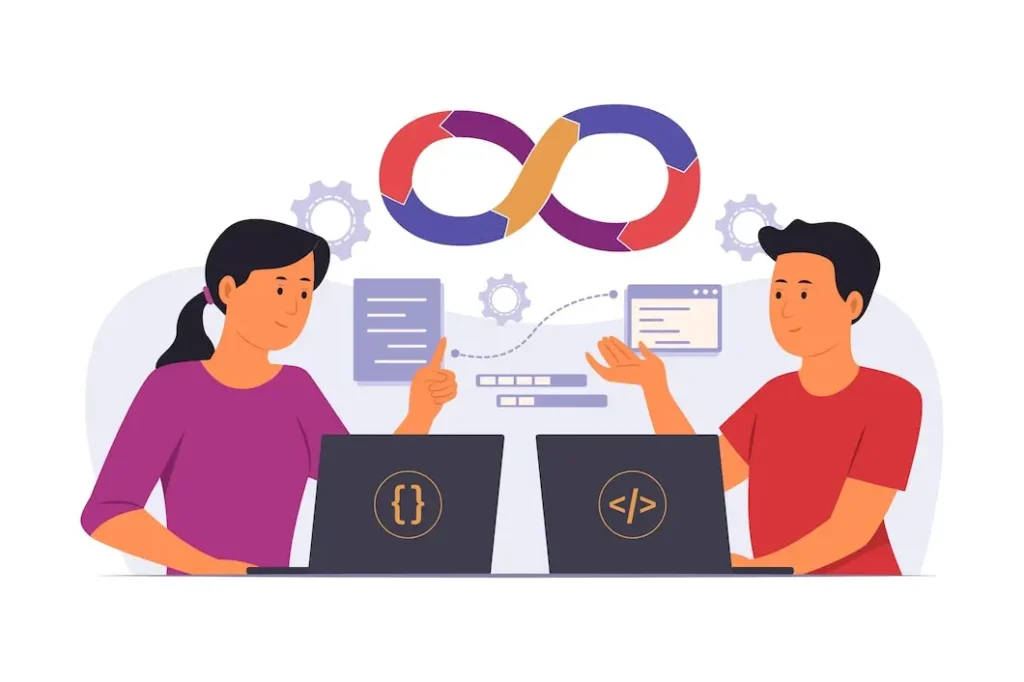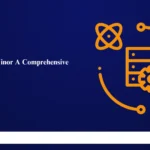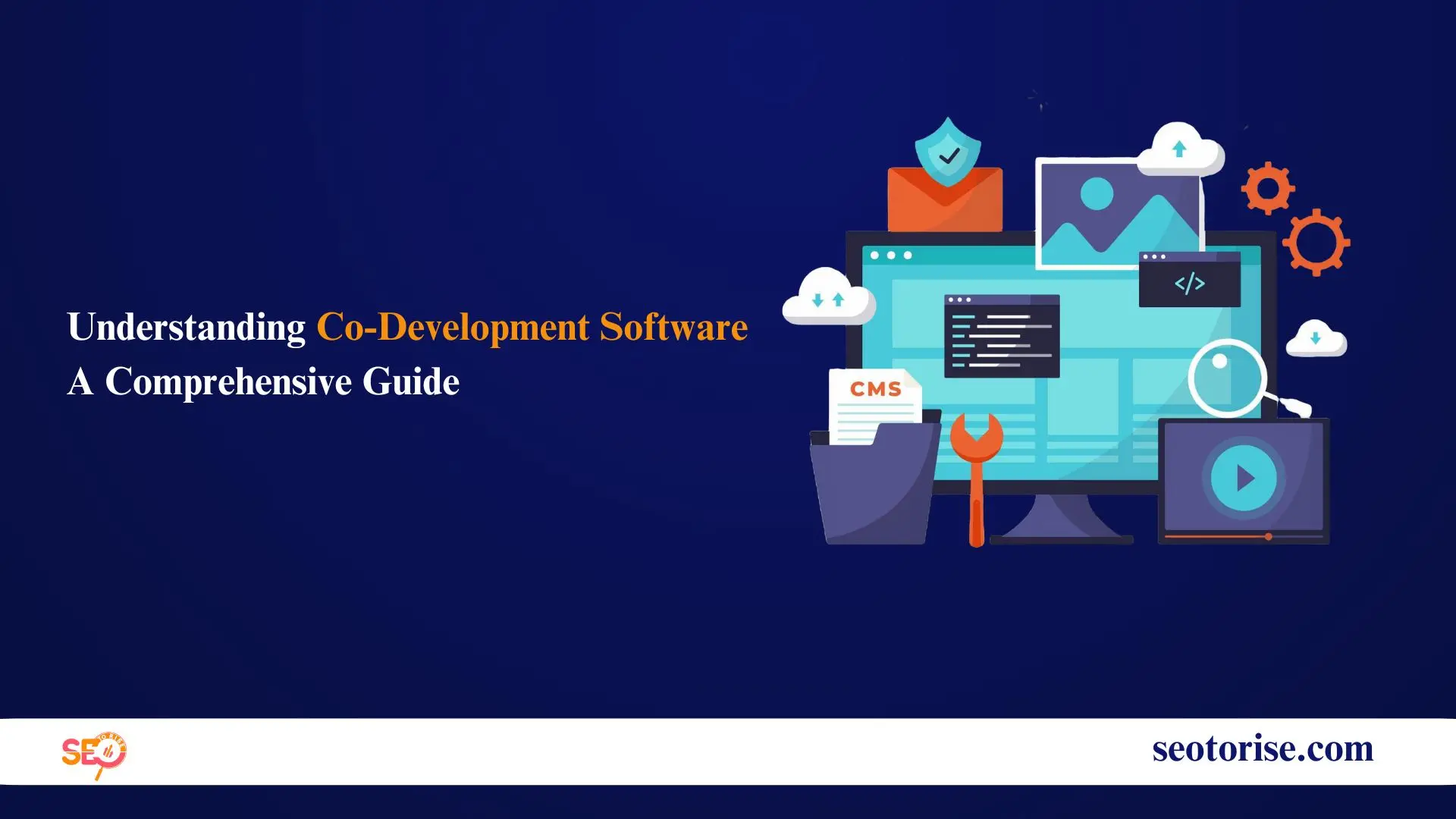In today’s fast-paced world, businesses need to work together to create great software. That’s where co-development software comes in. This approach allows different teams, sometimes from different companies, to collaborate and share resources to build better products. In this article, we’ll explore what co-development software is, its benefits, how it works, and what to look for when choosing the right tools. We’ll also discuss some challenges you might face and how to overcome them, plus current trends and best practices.
Table of Contents

What is Co-Development Software?
Co-development software is designed to help teams work together on software projects. It allows different groups—whether they’re from the same company or different organizations—to collaborate in real-time. This means they can share ideas, resources, and responsibilities to build software more efficiently and effectively.
The idea is simple: by working together, teams can leverage each other’s strengths, share knowledge, and speed up the development process. This approach is especially useful for projects that require diverse expertise or when companies want to share costs and risks.
Bring Your Business Knowledge to Bear
Not every application needs to be built from scratch. Many ready-made solutions, like Customer Relationship Management (CRM) systems, Human Resource Systems (HRS), and Enterprise Resource Planning (ERP) systems, can do the job just fine. However there are certain applications that are crucial to your business and need to be custom-built to meet your specific needs. These are your Line of Business (LoB) systems—the tools that keep your company running smoothly.
Custom applications require more than just buying something off the shelf and hoping it will work. It’s important to understand that these applications need your input and expertise. You and your team know your business best, and you can provide the insights needed to create a system that really fits your processes and goals.
Taking the time to clearly define what you need will help ensure that the custom-built application serves your business well. Instead of forcing a generic solution to fit, you want to create something that truly meets your requirements and helps your team work more efficiently.
Leverage the Best of IT
While you have the business know-how, turning that knowledge into a working application takes a skilled team of IT professionals. These experts understand how to design and build software that brings your ideas to life. They can help translate what’s in your head into something tangible that your team can use every day.

However, it’s important to remember that these IT specialists can’t do it all without your help. They need to understand your business processes and goals to create an application that works for you. This means involving your team throughout the process. Their experiences and insights will guide the IT team to make the best choices during development.
Regular communication between your business team and the IT specialists is key. This way, everyone stays on the same page, and the project can move forward smoothly. When you work together, you can create a custom application that not only fits your needs but also makes your operations easier and more effective.
Benefits of Co-Development Software
Using co-development software comes with several advantages:
- Enhanced Collaboration: Teams can communicate easily and share ideas in real-time, which leads to better problem-solving and innovation.
- Shared Resources: By pooling resources, teams can save money and reduce the risk of failure.
- Faster Development: Multiple teams can work on different parts of a project simultaneously, speeding up the overall timeline.
- Access to Expertise: Co-development allows organizations to tap into specialized knowledge and skills that they may not have in-house.
- Flexibility: Teams can adapt quickly to changes in project requirements or market demands.
How Does Co-Development Work?
Co-development involves several steps that teams follow to ensure successful collaboration:
- Define Objectives: The first step is to agree on the project’s goals and what each team will contribute.
- Choose the Right Tools: Teams need software that supports collaboration, like project management tools, communication apps, and version control systems.
- Establish Communication Protocols: Regular check-ins, updates, and open channels for feedback help everyone stay informed.
- Monitor Progress: Teams should track their progress and make adjustments as needed to stay on schedule.
- Evaluate and Adapt: After completing the project, it’s essential to review what worked and what didn’t for future projects.

Key Features to Look for in Co-Development Software
When choosing co-development software, consider the following features:
- User-Friendly Interface: Software should be easy to navigate for all team members.
- Collaboration Tools: Look for features like chat, video conferencing, and file sharing to enhance teamwork.
- Integration Capabilities: Ensure the software can connect with other tools your teams use to streamline workflows.
- Real-Time Updates: The ability to see changes as they happen is crucial for keeping everyone on the same page.
- Security Features: Protecting sensitive information is vital, so choose software with strong security measures.
Challenges and Solutions in Co-Development
While co-development software can make projects smoother, it also comes with challenges. Here are some common issues and how to address them:
1. Cultural Differences
When teams from different backgrounds work together, misunderstandings can happen.
Solution: Provide cultural awareness training to help team members appreciate each other’s perspectives and communication styles.
2. Communication Gaps
Even with great tools, messages can get lost, leading to confusion.
Solution: Set clear communication rules, hold regular meetings, and create channels for ongoing feedback.
3. Overlapping Responsibilities
With many people involved, tasks can get duplicated or overlooked.
Solution: Clearly define roles and responsibilities to ensure everyone knows what they need to do.
4. Resistance to Change
Some team members may be hesitant to use new software.
Solution: Offer training and involve team members in the decision-making process to make the transition easier.
5. Data Security Concerns
Sharing information can lead to data breaches if not handled carefully.
Solution: Implement strong security protocols and make sure all team members understand their responsibilities regarding data protection.
Best Practices and Tips for Implementing Co-Development Software
To get the most out of co-development software, consider these best practices:
- Define Clear Objectives: Before starting, agree on what you want to achieve and how to measure success.
- Foster a Collaborative Culture: Encourage open communication and teamwork to build trust among team members.
- Provide Training and Support: Make sure everyone knows how to use the software effectively.
- Encourage Feedback: Regularly ask for input from team members to identify areas for improvement.
- Monitor Progress: Keep track of milestones and be flexible to adapt plans as needed.
Differences Between Co-Development and Traditional Software Development
Co-development is different from traditional software development in several ways:
- Collaboration Model: Traditional development often involves one organization managing everything, while co-development encourages teamwork among various parties.
- Resource Sharing: In co-development, teams share resources and knowledge, which can lower costs and spark innovation.
- Speed and Agility: Co-development allows teams to work on different parts of a project at the same time, making it faster than traditional methods.
- Risk Management: With multiple teams involved, risks are shared, reducing the burden on any single group.
- Innovation Potential: Co-development fosters creativity by bringing together different perspectives and ideas.
Current Trends in Co-Development Software
Here are some current trends shaping the future of co-development software:
- AI and Machine Learning: These technologies are being integrated to help teams analyze data, predict issues, and make better decisions.
- Low-Code/No-Code Platforms: These platforms allow people without coding experience to participate in development, making it more accessible.
- Enhanced Security Features: As security remains a top priority, software is incorporating advanced measures to protect data.
- Cloud-Based Collaboration: Cloud tools make it easy for teams to work together from anywhere, promoting flexibility.
- Integration: There is a growing need for software that integrates well with other tools, improving efficiency.
Conclusion
Co-development software is changing the way organizations collaborate and innovate. By using these tools, businesses can work together more effectively, reduce risks, and speed up the development process. Understanding how co-development works and following best practices can help teams create better products and achieve their goals.In a world where teamwork is essential for success, embracing co-development is a smart move. It allows organizations to leverage the strengths of different teams, leading to innovative solutions and a brighter future
What is co-development software?
Co-development software is a tool that helps teams work together to create custom applications. It allows different groups, whether from the same company or different organizations, to collaborate, share ideas, and develop software that meets specific business needs.
FAQs
What is CoCreate software?
CoCreate software is a collaborative development tool that enables teams to design and build products together. It focuses on improving communication and coordination among team members during the product development process.
What is a co in development?
In development, “co” refers to collaboration between teams or organizations. It means working together to achieve common goals, often sharing resources and expertise to create better software or products.
What is the co-development method?
The co-development method is a collaborative approach where multiple teams or companies work together to design, develop, and implement software solutions. This method emphasizes shared knowledge, resources, and responsibilities to achieve faster and more effective results.
What is a co developer?
A co-developer is an individual or team that collaborates with others in the software development process. They bring their expertise to the project and work alongside other developers to build and improve applications.
What is co-developed?
Co-developed refers to a software or product created through collaboration between two or more parties. This approach leverages the strengths and knowledge of each collaborator to produce a solution that meets specific requirements.
What is the idea of co-development?
The idea of co-development is based on teamwork and collaboration. It involves bringing together different groups or organizations to share insights, resources, and skills in order to create more effective and innovative software solutions.







